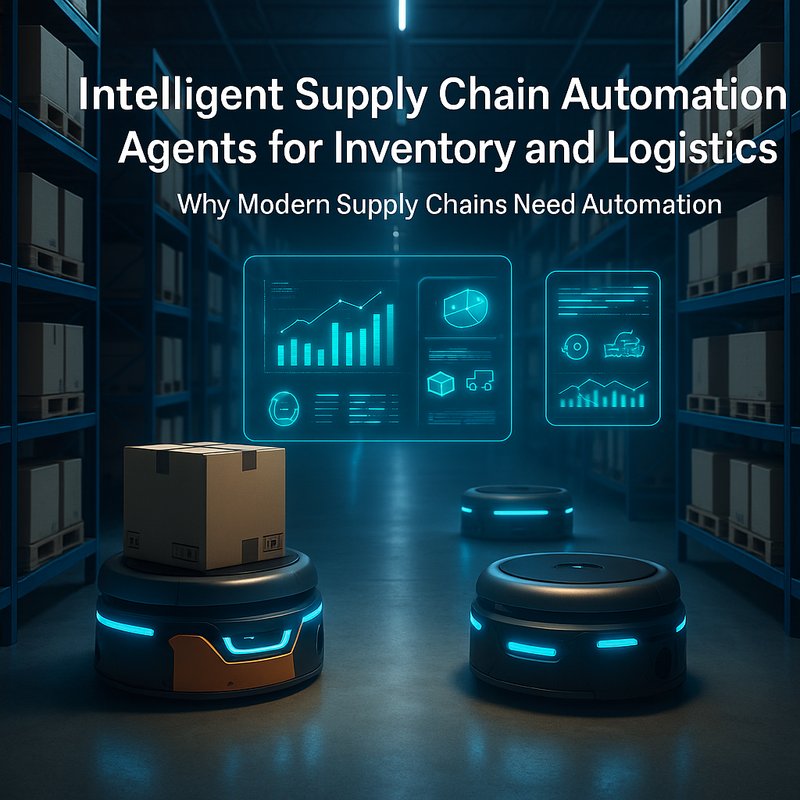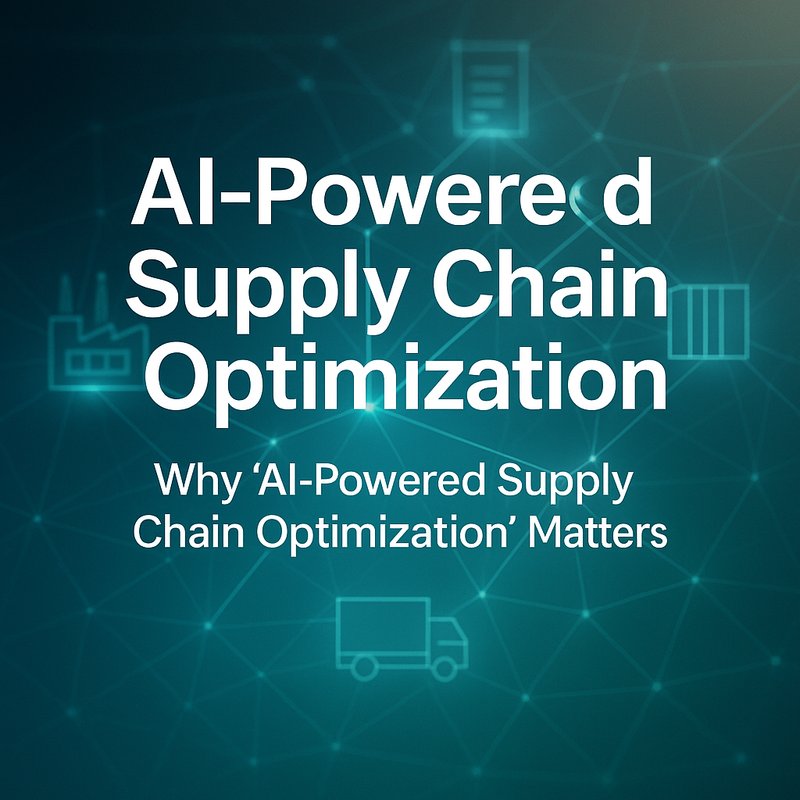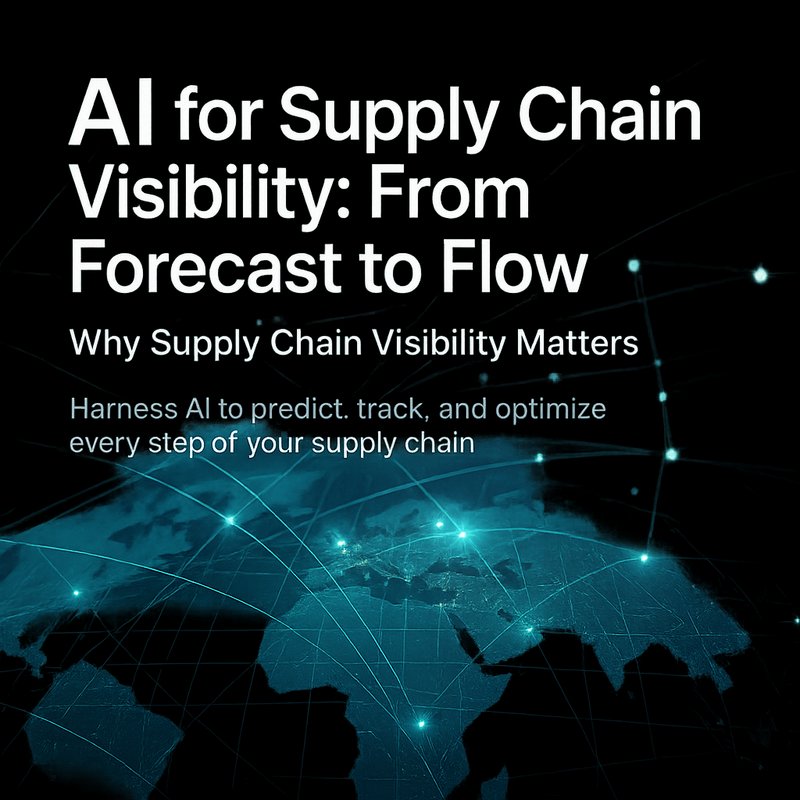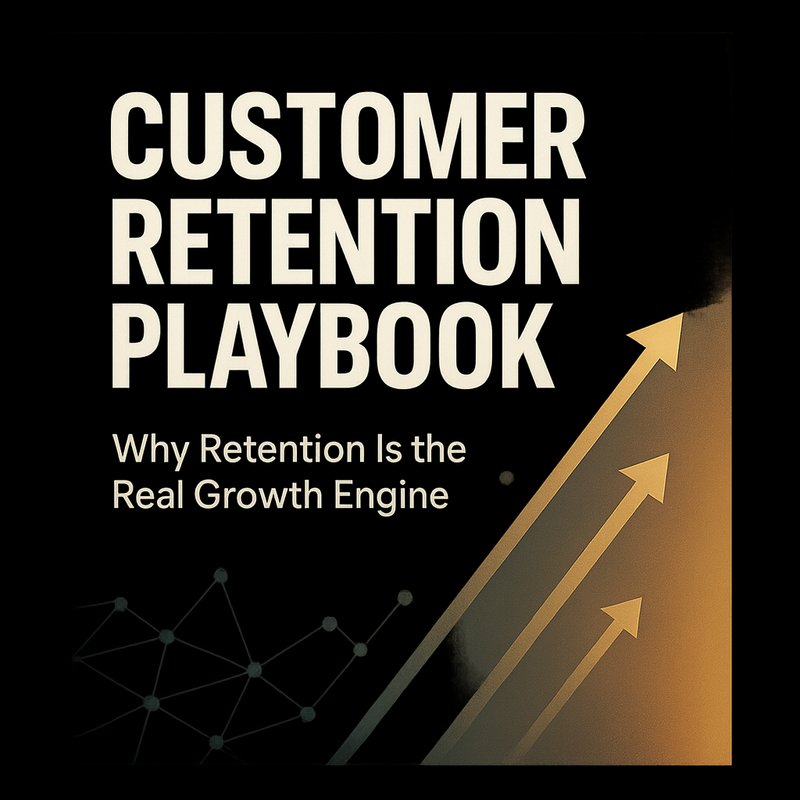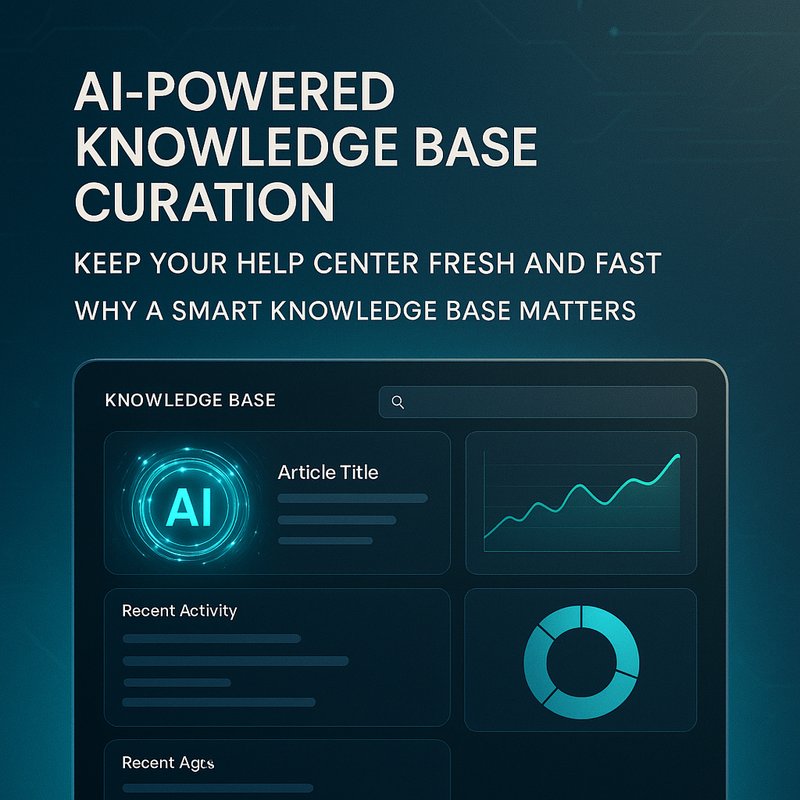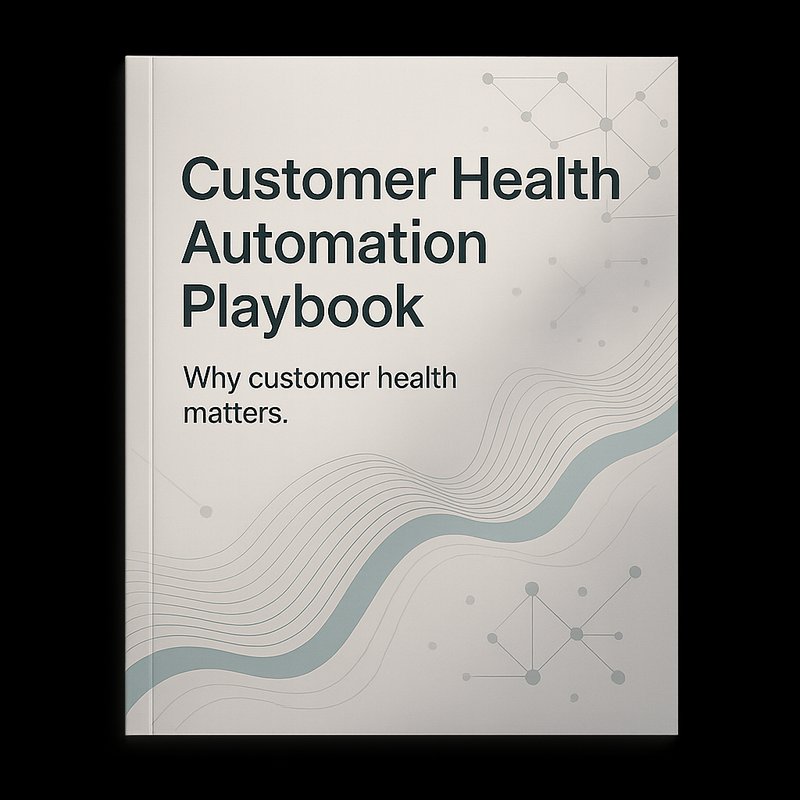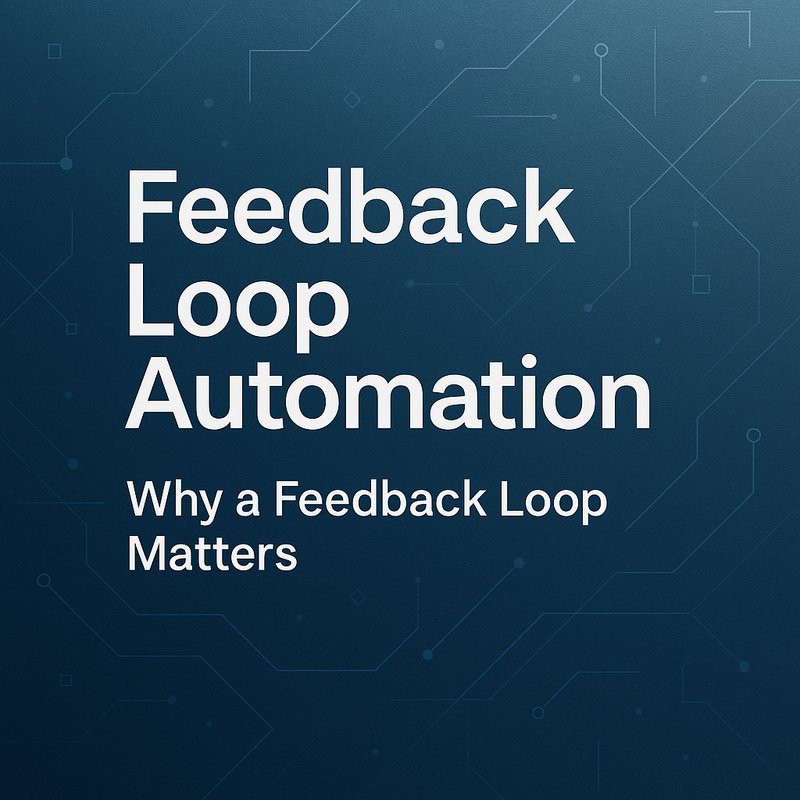Today’s supply chains juggle purchase orders, inventory levels, vendor communications, shipment tracking, and performance reporting. Do it manually, and you end up firefighting stockouts, delayed deliveries, and endless emails. What if software “colleagues” managed order intake, monitored stock, forecasted demand, tracked shipments, and handled exceptions? Your logistics team would focus on strategy instead of busywork. In this guide, you’ll learn how to build supply chain automation agents with Neura AI. We’ll cover each agent role, real examples, and a step-by-step setup. By the end, your chain hums, orders flow smoothly, and you stay ahead of disruptions.
Why Modern Supply Chains Need Automation
Supply chains have become global, fast, and data-hungry. Teams face:
• Sprawling vendors and SKUs across regions
• Manual PO entry, error-prone and slow
• Inventory blind spots and costly stockouts
• Erratic supplier lead times and demand swings
• Shipment updates scattered across carrier portals
• Exception handling via messy email threads
• Reporting tasks that take days to assemble
The result? Lost sales, wasted capital, stressed teams. Automation agents can intake orders, sync data, predict demand, dispatch alerts, and generate reports—all without manual clicks. Instead of chasing spreadsheets, your team tackles strategic sourcing and network optimization.
Meet Your Supply Chain Agent Squad
Imagine bots tackling each recurring task. They link to your ERP, WMS, demand-planning tool, carrier APIs, and communication channels. They intake orders, monitor inventory, forecast trends, track shipments, handle exceptions, and report performance. Let’s meet them.
Order Intake Agent
Everything starts with a purchase order. No PO slips through.
- Watches email inboxes, EDI feeds, and portal uploads (Amazon Vendor Central or a custom EDI gateway).
- Parses POs and converts data into structured entries.
- Validates order fields (SKU, quantity, ship date).
- Creates POs in your ERP (SAP, Oracle, NetSuite via REST).
- Notifies the procurement team in Slack or Microsoft Teams.
One source of truth. No lost or duplicated orders.
Inventory Monitoring Agent
Keeping stock levels in check is critical.
• Polls your warehouse management system (WMS) or database every hour.
• Tracks on-hand, committed, and in-transit units.
• Compares against reorder points and safety stock.
• Instant alerts when levels dip below thresholds.
• Auto-creates replenishment orders or suggests transfers.
No more surprise stockouts at peak demand.
Demand Forecasting Agent
Guessing demand by gut? That rarely works.
- Aggregates historical sales from your ERP or Shopify.
- Pulls external signals—Google Trends data or pricing on Amazon (via public APIs).
- Applies a simple time series model (ARIMA or Facebook Prophet) or a prompt in Neura Artifacto for natural-language insights.
- Outputs weekly forecasts by product and location.
- Exports CSV forecasts to your planning tool or Google Sheets.
Better forecasts mean optimized inventory and fewer markdowns.
Shipment Tracking Agent
Carriers send updates in different formats. Consolidate them.
• Integrates with FedEx, UPS, DHL, and local carriers (via REST or XML).
• Fetches status updates: shipped, in transit, delayed, delivered.
• Normalizes events into a single timeline.
• Pushes notifications to customers or teams via email or chat.
• Flags high-value orders if delayed beyond SLAs.
Proactive communication beats angry client calls.
Exception Handling Agent
Breakdowns happen. Handle them faster.
- Watches for backorders, failed shipments, or late deliveries.
- Cross-references carrier delays or vendor lead times.
- Drafts exception alerts via Neura Artifacto (“Our carrier reports a delay for your shipment. New ETA is…”).
- Routes issues to the right specialist or vendor contact.
- Logs actions back into your ERP or ticket system.
Your team resolves issues before they spiral.
Reporting & Analytics Agent
Data without insights isn’t helpful.
- Queries key metrics: fill rate, stock turns, on-time delivery.
- Builds dashboards in Google Data Studio, Power BI, or Looker.
- Sends daily or weekly summaries via chat or email.
- Highlights anomalies (sudden demand spikes).
- Stores reports in shared folders for audits.
Reports take seconds, not days.
How Integration Works with Neura AI Router
Building individual scripts for each task? Maintenance nightmare. Neura AI’s Router is an integration hub that smooths data flows.
Neura Router
Router handles:
• Authentication for SAP, NetSuite, Shopify, and carrier APIs
• Rate limiting and retries
• Data normalization across JSON, XML, and EDI
• One endpoint for all integrations
No juggling SDKs. One config file adapts when APIs change.
Neura Artifacto
Need human-like messages? Artifacto drafts:
“Hello Jane, your PO 12345 has shipped via UPS, tracking number 1Z999AA10123456784. Delivery expected July 20.”
Edit if you like, then send.
Neura Document Analysis Agents

Upload PDF POs or packing lists and get:
• Field extraction (order number, quantities, ship dates)
• Table recognition for line items
• Confidence scores for each field
Better data quality with fewer manual fixes.
Neura ESA
Set templates for order confirmations, delay notices, or inventory alerts. ESA auto-replies so customers and partners always hear back.
Real-World Scenarios
E-commerce Startup
A fast-growing brand sells 300 SKUs on Shopify and Amazon. They face:
- Order surges during promotions.
- Frequent stockouts on bestsellers.
- Customer questions about delivery times.
Solution:
• Order Intake Agent logs POs and web orders.
• Inventory Agent keeps thresholds and auto-replenishes via a 3PL.
• Demand Forecast Agent pre-warns on high-velocity SKUs.
• Shipment Agent updates customers in Slack and email.
• Exception Agent handles backorders automatically.
• Reporting Agent delivers daily sales and stock reports.
They cut stockouts by 60% and reduced email volume by 80%.
Global Manufacturer
A multinational builds custom machinery with 2,000 parts sourced worldwide. Challenges:
• Complex approval rules per region.
• Manual follow-ups on critical components.
• Monthly performance reports take a week to compile.
Solution:
• Intake Agent processes large EDI files automatically.
• Inventory Agent monitors global warehouses.
• Forecast Agent factors in macro signals from Google Trends.
• Shipping Agent tracks ocean and air freight.
• Exception Agent pings suppliers the moment lead times slip.
• Reporting Agent publishes KPI dashboards to Power BI.
They improved on-time delivery by 25% and freed teams for supplier negotiations.
Step-by-Step Setup
Ready to streamline your supply chain? Here’s how to start.
1. Map Your Workflow
List every step: intake, inventory, forecasting, tracking, exceptions, reports. Note your tools and data sources.
2. Connect Tools in Neura Router
- Add API keys for Shopify, SAP, FedEx, Google Trends.
- Test sample calls: list-orders, get-inventory, track-shipment.
- Verify JSON/XML responses match your schema.
3. Define Prompts in Artifacto
Examples:
- “Draft a customer email telling them their order is delayed due to weather.”
- “Suggest three products to reorder based on last month’s sales.”
- “Write a summary of weekly inventory trends.”
4. Integrate Document Analysis
- Upload sample PDFs (POs, packing lists).
- Check extracted fields and adjust mappings.
- Train custom labels for internal codes.
5. Pilot One Agent
Start with Order Intake:
- Process 200 orders.
- Compare against manual entry.
- Refine parsing rules and prompts.
6. Roll Out Full Suite
Add Inventory, Forecasting, Tracking, Exception, and Reporting Agents. Iterate with your team until they love it.
Tips for Success
• Tackle the highest-volume pain point first. Quick wins build momentum.
• Give agents clear names: OrderBot, StockWatcher, ForecastGenie.
• Version prompts and keep changelogs.
• Monitor API logs for failures.
• Involve stakeholders early—logistics, procurement, customer support.
• Secure your API keys and rotate them regularly## Security and Compliance
Your supply chain data is sensitive. Make sure you have:
• Encryption in transit (TLS) and at rest
• Role-based permissions so each agent sees only needed data
• Audit logs of every action
• Data retention policies aligned with GDPR or CCPA
Need ISO27001 or SOC2? Consider private-cloud deployment.
The Bottom Line
Supply chains don’t have to be chaotic. With automation agents, you can intake orders, manage inventory, forecast demand, track shipments, handle exceptions, and deliver reports—all without manual grunt work. Map your process, connect tools in Neura Router, craft prompts in Artifacto, pilot one agent, then expand. Your logistics team can finally focus on strategy, supplier relationships, and growth. Ready to transform your supply chain? Try intelligent supply chain automation agents today.
